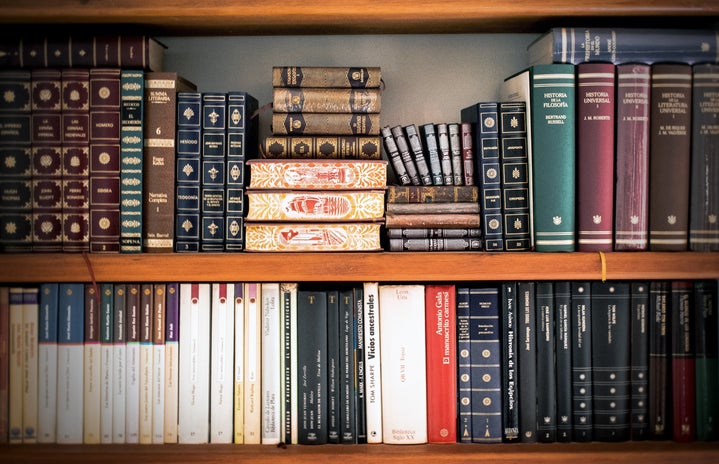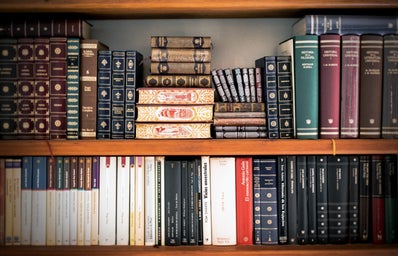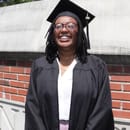As an English major, there are certain books people just expect me to read. “The Great Gatsby,” “Pride and Prejudice,” “Wuthering Heights,” “1985,” “Moby Dick,” “The Catcher in The Rye,” “To Kill a Mockingbird,” and “The Adventures of Huckleberry Finn” are some of the highlights. I haven’t read a single one. It’s not that I have anything against these specific novels, but there’s an overarching theme to these classics: all of the authors are white. All of the books that are used to highlight peak literature from white authors, mostly white men, as if there are no other novels that can compare. To have my credibility as a reader and a writer based on how many classic novels I’ve read is to have my credibility based on how familiar I am with white literature. In fact, several colleges don’t require their English majors to study literature of other cultures, implying that White American or European literature is all that they need to know.
By putting so much weight on the classics (and some schools exclusively teaching classics), schools fail to teach students how to seek out diversity in all of their media. Before the Black Lives Matter protests this past summer, I knew far too many people who had never read a book by a Black author. Everything they had read about slavery in the United States, or police brutality, or racism in general came from white people. Almost all of the books I own (and I own quite a few) are written by white people, even with me actively seeking out authors of different racial and ethnic backgrounds. If you haven’t already, please diversify your reading material, and ask your professors to diversify their assigned reading as well.
Here are some of my favorite books by non-white authors:
-
Fiction
-
“A Thousand Splendid Suns” by Khaled Hosseni
-
This novel follows two characters, Mariam and Laila, who live in the same town of Kabul, Afghanistan. The novel first follows Mariam and her arranged marriage to a man named Rasheed, a man thirty years older than her. The second part of the novel follows Laila, who is significantly younger than Mariam, and how their lives eventually cross paths.
-
-
“Girls of Paper and Fire” by Natasha Ngan
-
This novel follows the story of a woman named Lei, who lives in a world where magic has divided people into castes. Lei is chosen to be a Paper Girl, human women and girls who are forced to be the mistresses of the King.
-
-
The Legend Trilogy by Marie Lu
-
The first novel in this trilogy is set in a dystopian society where an aptitude test determines your place in society. Only two people have received a perfect score: a well known criminal and the person tasked with capturing them.
-
-
“An Ember in The Ashes” by Sabaa Tahir
-
This novel is set in a fantasy world and alternates between characters Laia and Elias. Laia has agreed to spy for the rebels in exchange for them helping her brother, and Elias is struggling to fully commit to his position in the empire.
-
-
“Confetti Girl” by Diana Lopez
-
This novel follows a girl named Lina, who is still grieving the death of her mother while trying to navigate some of the new problems she’s facing as a middle school girl.
-
-
-
Nonfiction
-
“Killing The Black Body” by Dorothy E. Roberts
-
This novels delves into the United States’ historic and systemic manipulation of Black women (really anyone who is Black and has a uterus, but Roberts is talking specifically about Black women) and Black fertility
-
-
“Between The World and Me” by Ta-Nehesi Coates
-
This novel talks about police brutality, specifically the experience of being a Black man in the United States.
-
-
“A Small Place” by Jamaica Kincaid
-
This novel talks about the end of British control of Jamaica, and explains the consequences of colonial rule
-
-
Books I haven’t read but have heard amazing things about:
-
“Children of Blood and Bone” by Tomi Adeyemi
-
“Queenie” by Candice Carty-Williams
-
“The Hate U Give” and “On The Come Up” by Angie Thomas
-
“The Kite Runner” by Khaled Hosseni


